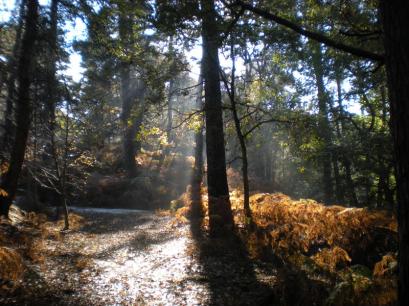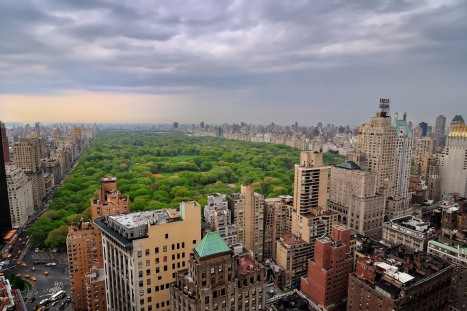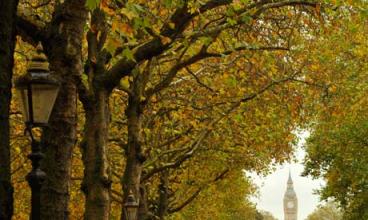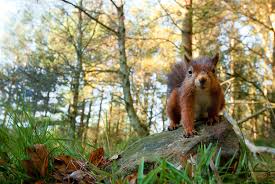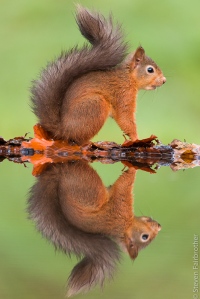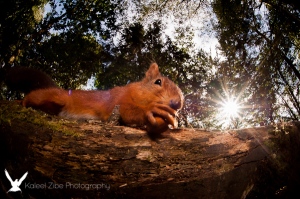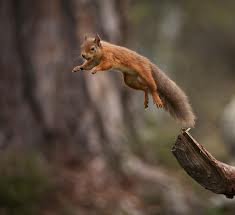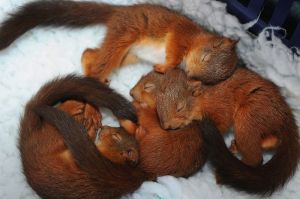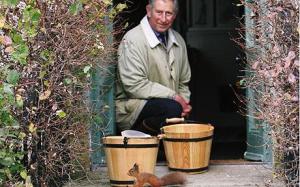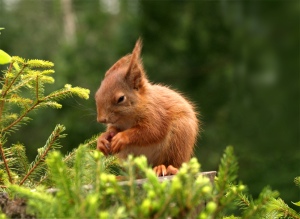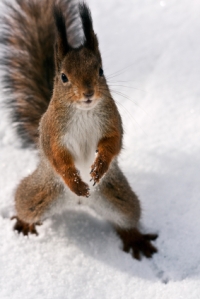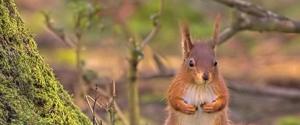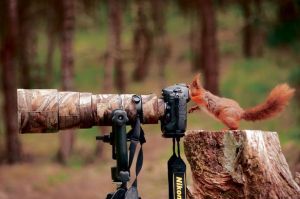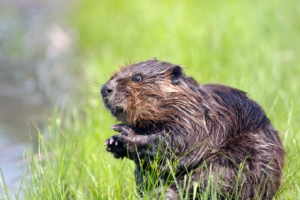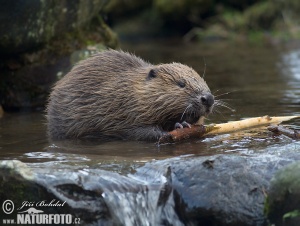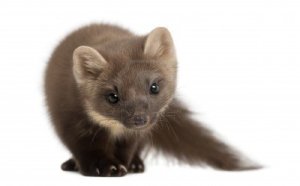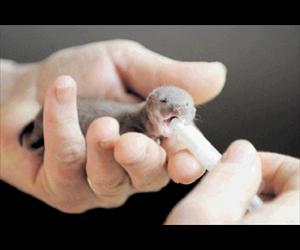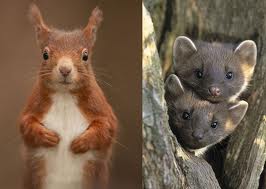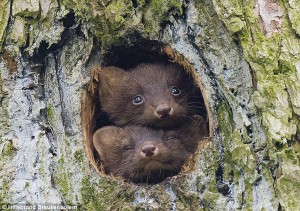As part of the Convention of Biological Diversity 2010, the UK has a duty to halt the decline in the biodiversity or its wildlife. Included in this is the wildlife of the UK’s overseas territories, from Bermuda to the British Antarctic Territory. These territories account for the UK’s most important biodiversity, over 480 endemic plants. The fact that the world considers these territories as being part of the UK often slips people’s minds (even I wasn’t aware of it till this talk).
Conservation on these islands seems (on the most part) to be relatively simple with the only effective path being to work with the local people. It is their land, their wildlife, their benefit and it is often them that are the root of the threats.
The three major threats are from:
- Invasive Species – brought in by travellers or due to activities such as empty bilge water.
- Habitat Loss and Fragmentation – increased development is occurring from a rise in living condition and to accommodate larger populations and more tourists.
- Global Warming (more frequent and more intense storms) – Storm surges cause masses of damage and in the long term sea level rise will have large impacts.
One major undertaking necessary to the success of any conservation action is to have accurate identification. To that end Kew gardens are working with the UK Overseas Territories Conservation Forum (UKOTCF) to digitalise the historical and recently collected specimens into an online herbarium and also provide help by teaching preservation techniques to people from these territories. Being able to accurately identify plant species will drastically increase the reliability of results following any investigations or monitoring.
A link to the UK Overseas Territories Conservation Forum

